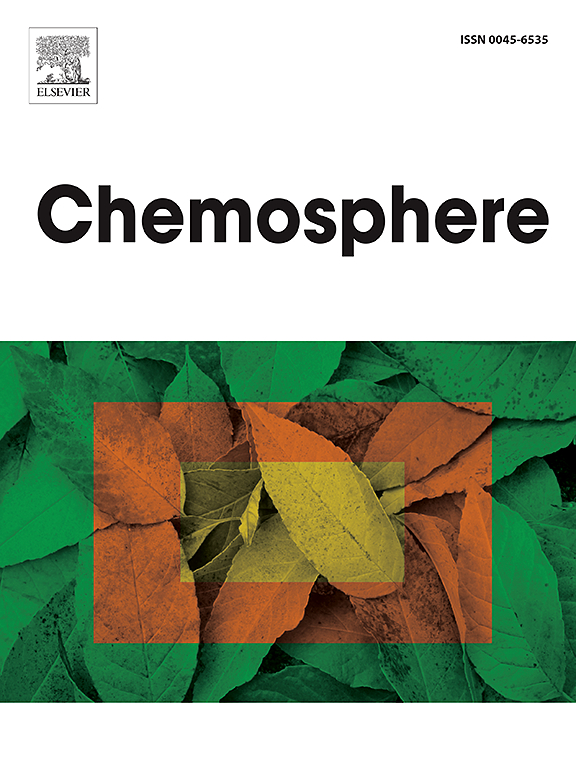Toxicological and genotoxicological assessment of water extracts of sewage sludge and other biogenic wastes: A piece of the SLURP jigsaw puzzle
IF 8.1
2区 环境科学与生态学
Q1 ENVIRONMENTAL SCIENCES
引用次数: 0
Abstract
Given the considerable quantities of biogenic matrices employed in agricultural applications, there is growing concern about the potential negative effects resulting from the presence of harmful contaminants. The project “SLURP - SLUdge Recovery in Agriculture: Environment and Health Protection” planned a multi-stage approach in which the application of a wide battery of bioassays was proposed as an effective tool to measure the direct interaction of matrices with the different components of the ecosystem, from the molecular to the whole organism level. The aim of the present study, which is a part of the “SLURP” project, was to characterise the toxicological and genotoxicological properties of water extracts from biogenic wastes using several assays based on plant, bacterial and human cells. The aqueous extracts of four sewage sludges, a liming material, two manure slurries of swine and bovine origin, a digestate from bovine manure and a compost were chemically characterised for inorganic ions and heavy metals. Then the extracts were analysed using tests on A.cepa, C.sativus, L.sativum, S.typhimurium and human hepatoma cell line (HepG2) to assess toxicity (seed germination, root elongation, proliferation), mutagenicity and genotoxicity (primary DNA damage, chromosomal aberrations). The extracts exhibited chemical heterogeneity. Ammonia nitrogen, Ca2+, Fe and Zn were the most abundant elements. Toxic effects were caused on A.cepa and L.sativum by all extracts, while there were non-toxic effects on human cells. Genotoxic effects on A.cepa and L.sativum were instead caused by almost all the extracts, at least at the highest dose tested, while only four samples from one sewage sludge, liming material, digestate, and compost, caused DNA damage on human cells. None of the extracts induced mutagenic effects in S.typhimurium. A comprehensive interpretation of these results can only be achieved through the integrated evaluation of all eco-toxicological and chemical data obtained throughout the entire project.

求助全文
约1分钟内获得全文
求助全文
来源期刊

Chemosphere
环境科学-环境科学
CiteScore
15.80
自引率
8.00%
发文量
4975
审稿时长
3.4 months
期刊介绍:
Chemosphere, being an international multidisciplinary journal, is dedicated to publishing original communications and review articles on chemicals in the environment. The scope covers a wide range of topics, including the identification, quantification, behavior, fate, toxicology, treatment, and remediation of chemicals in the bio-, hydro-, litho-, and atmosphere, ensuring the broad dissemination of research in this field.
 求助内容:
求助内容: 应助结果提醒方式:
应助结果提醒方式:


